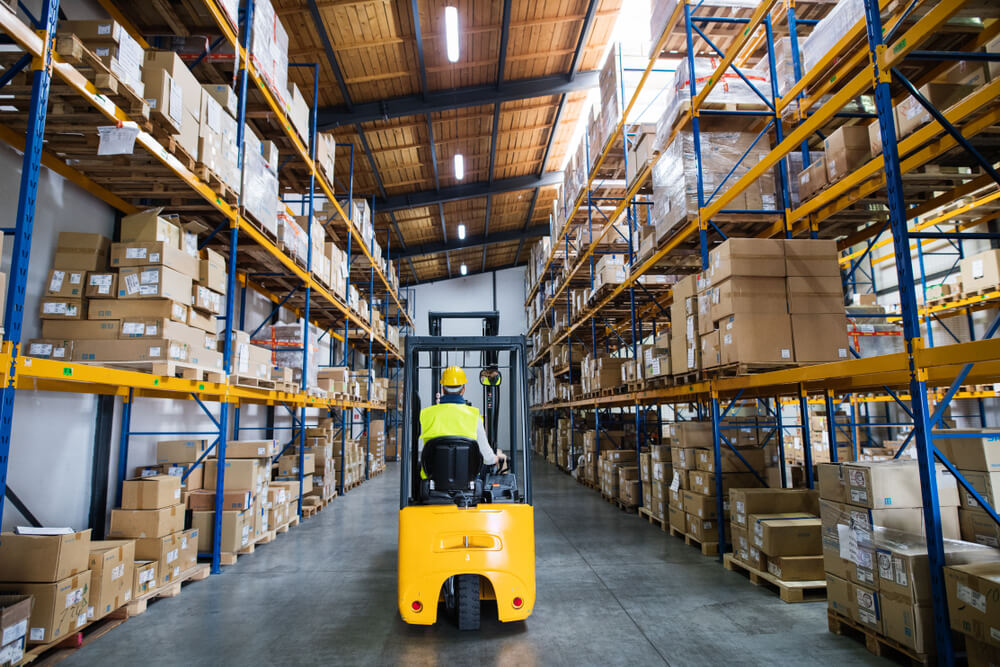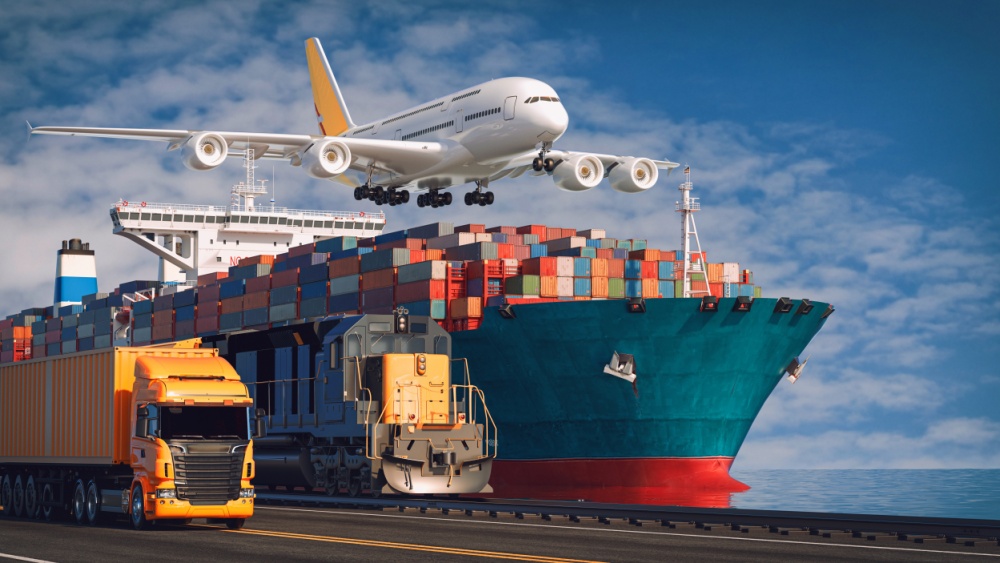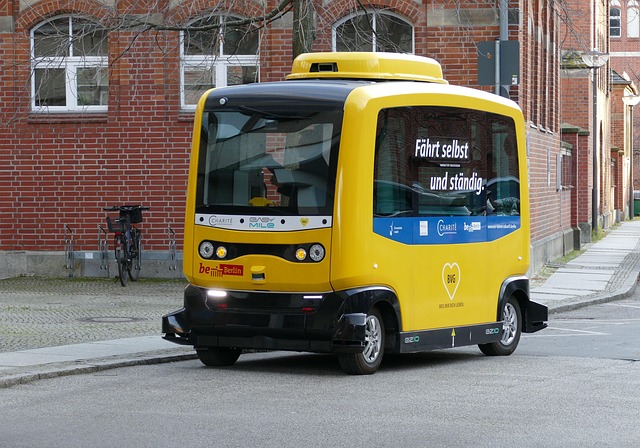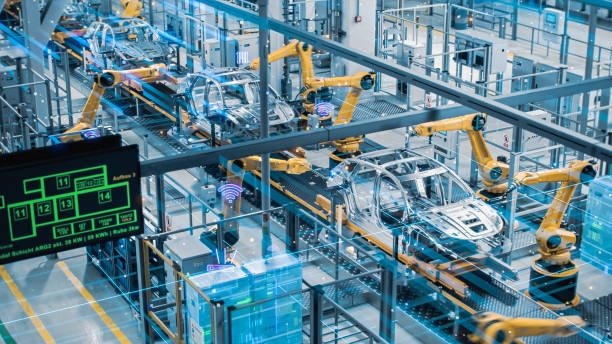
#SmartLogistics
24 January 2025
Why large corporations must think of logistics as an agile and connected ecosystem
In a world where speed and flexibility have become competitive advantages, logistics can no longer be viewed as a simple operational function. It must evolve into an agile and connected ecosystem, capable of adapting to market fluctuations, consumer expectations, and technological challenges. For large corporations, this transformation is imperative to remain competitive and efficient.
The End of Rigid Logistics: Embracing Agility
Increasingly Volatile Demand
Global trade faces uncertain economic cycles and constantly evolving consumer expectations. The rise of e-commerce, reduced delivery times, and the growing importance of the circular economy require businesses to be reactive and adaptable.
Fragile Supply Chains
The COVID-19 pandemic, geopolitical tensions, and logistical crises have demonstrated the vulnerability of global supply chains. Companies operating with overly rigid models face costly disruptions and supply difficulties.
Agility as a strategic imperative
Transitioning to agile logistics means :
- Optimizing transport and storage flows to absorb demand peaks.
- Diversifying supply sources to reduce dependence on a single region.
- Deploying digital solutions for real-time visibility of inventory and flows.
Connectivity at the heart of the logistics ecosystem
IoT and real-time traceability
Thanks to IoT (Internet of Things) sensors, companies can track their inventory and shipments with unparalleled precision :
- Temperature sensors for cold chain logistics.
- RFID systems for tracking goods.
- Cloud platforms for aggregating and analyzing real-time data.
Automation and AI in logistics
Artificial intelligence and automation bring a new dimension to warehouse and flow management:
- Picking robots in warehouses to speed up order preparation.
- Predictive algorithms to anticipate stock needs and avoid shortages.
- Transport route optimization to reduce delays and logistics costs.

Interconnection with Partners
Connectivity involves not only internal operations but the entire ecosystem:
- Collaborative platforms for data exchange with suppliers and carriers.
- EDI (Electronic Data Interchange) for real-time process synchronization.
- Integration with ERP and WMS for a unified view of the logistics chain.
Benefits of an Agile and Connected Logistics System
Enhanced Responsiveness to Unforeseen Events
Companies capable of quickly adapting their logistics can:
- Manage demand fluctuations without additional costs.
- Bypass geopolitical or climatic disruptions.
- Improve resilience during crises.
Cost and Time Reduction
Optimized logistics enable:
- Reduced inventory holding, lowering storage costs.
- Shorter, optimized routes, reducing transport costs.
- Reduced errors and losses through real-time traceability.
Improved Customer Experience
In a world where immediacy has become the norm, an agile and connected supply chain ensures:
- Shorter and more precise delivery times.
- Better management of product returns.
- Greater transparency for the end customer.
How large corporations can succeed in this transformation ?
Adopting a Digital Strategy
The transition to smart logistics requires investments in technology and digital transformation. It is essential to:
- Implement cloud-based logistics management platforms.
- Use AI and predictive analytics to anticipate supply disruptions.
- Deploy advanced tracking solutions for precise monitoring of goods.
Rethinking Internal Organization
Agile logistics also require a new internal organization:
- Foster a culture of flexibility by training teams on new tools.
- Break down silos by encouraging fluid communication between departments (procurement, transport, production).
- Create more modular and scalable logistics hubs.
Collaborating with the Entire Ecosystem
Large corporations must adopt a collaborative approach by integrating:
- Partnerships with logistics startups to test innovative solutions.
- Alliances with local suppliers to mitigate supply risks.
- Shared logistics with other players to reduce costs and environmental impact.
Conclusion
Modern logistics can no longer be content with rigid and centralized management. For large corporations, thinking of logistics as an agile and connected ecosystem is a strategic necessity.
By leveraging new technologies, interconnecting stakeholders, and dynamically managing flows, companies can not only reduce costs and improve efficiency but also gain resilience and competitiveness in the face of challenges in an ever-evolving world.
The future belongs to companies capable of evolving their supply chains towards greater flexibility, innovation, and collaboration. It is time to embrace this transformation and build a new generation of logistics.









